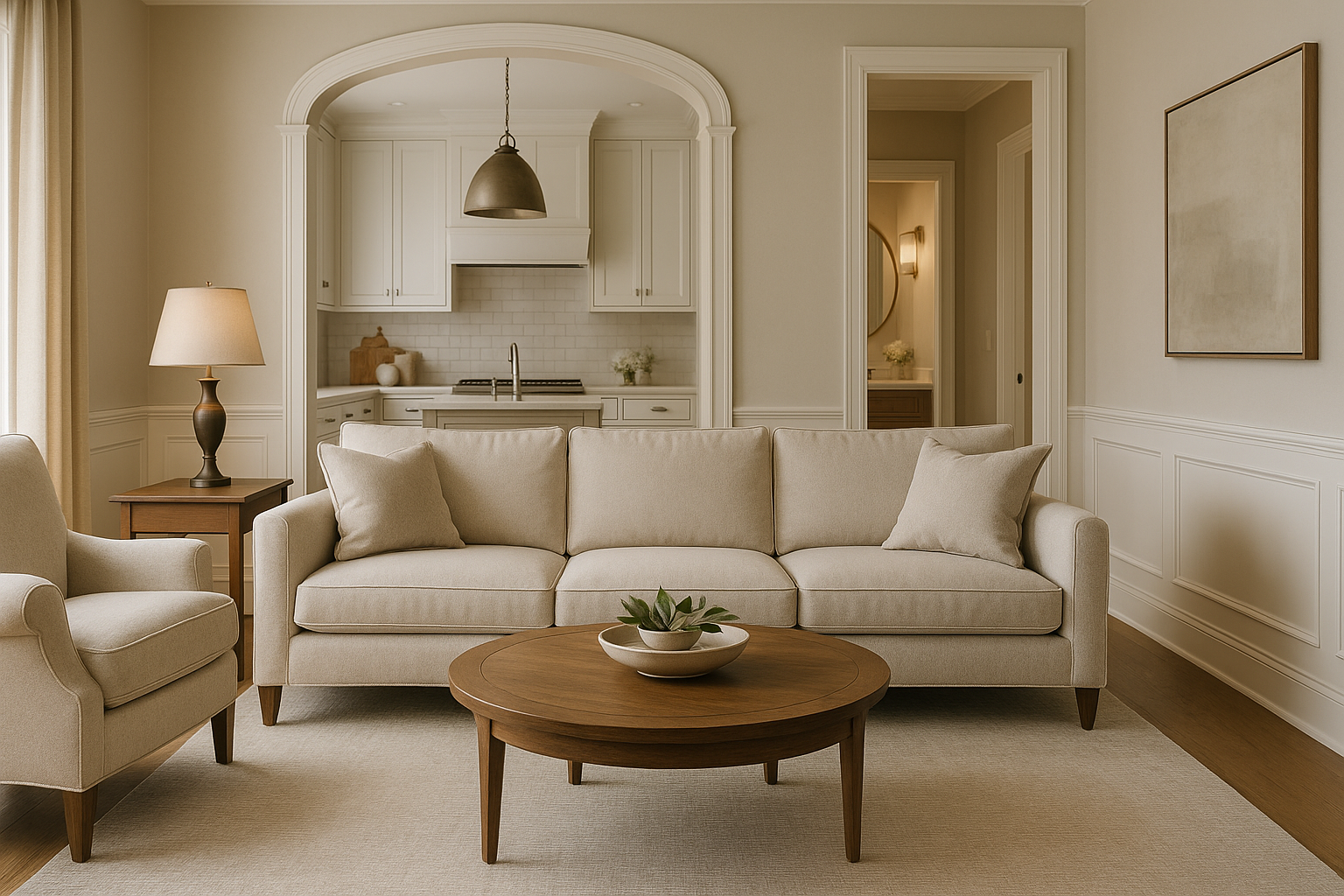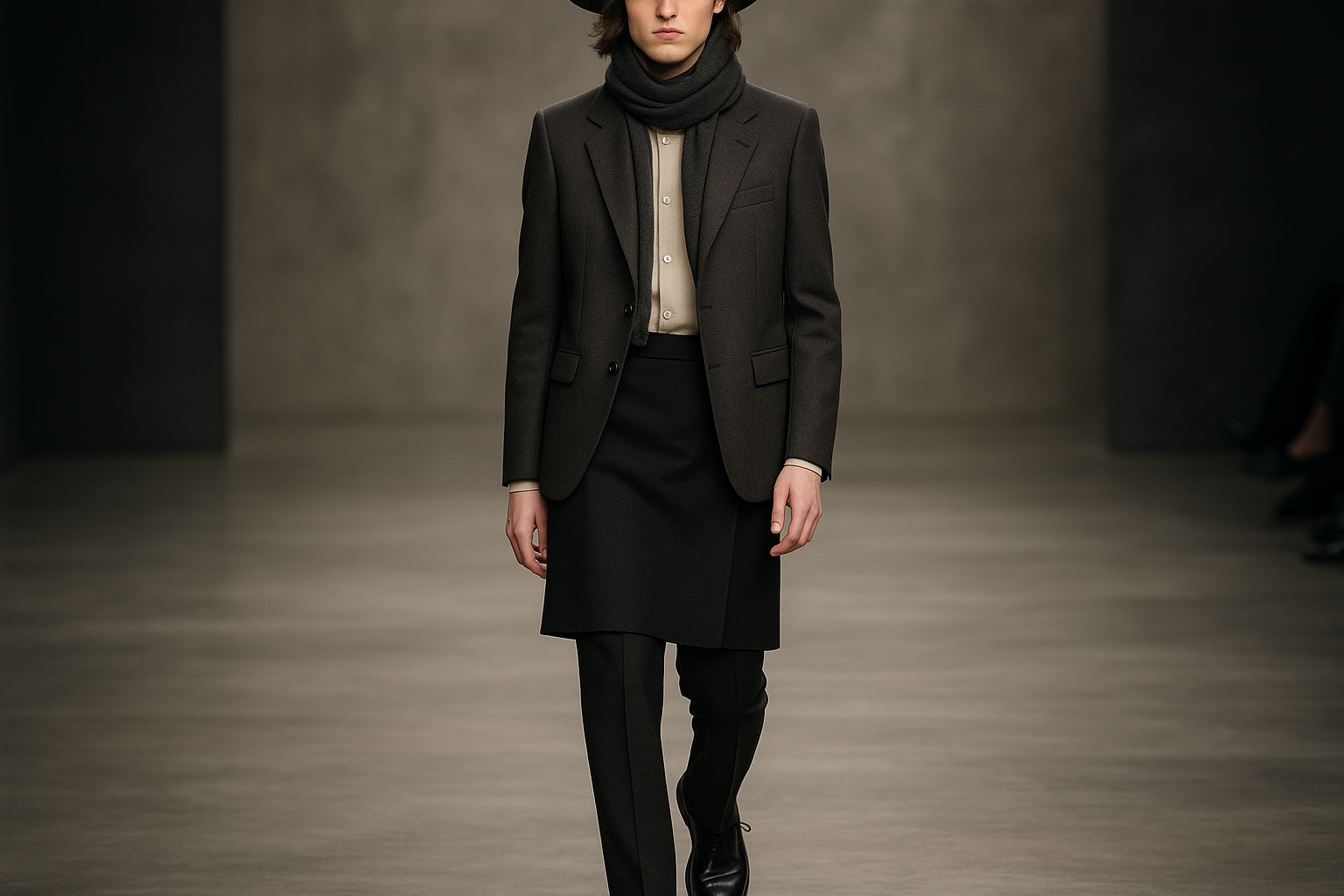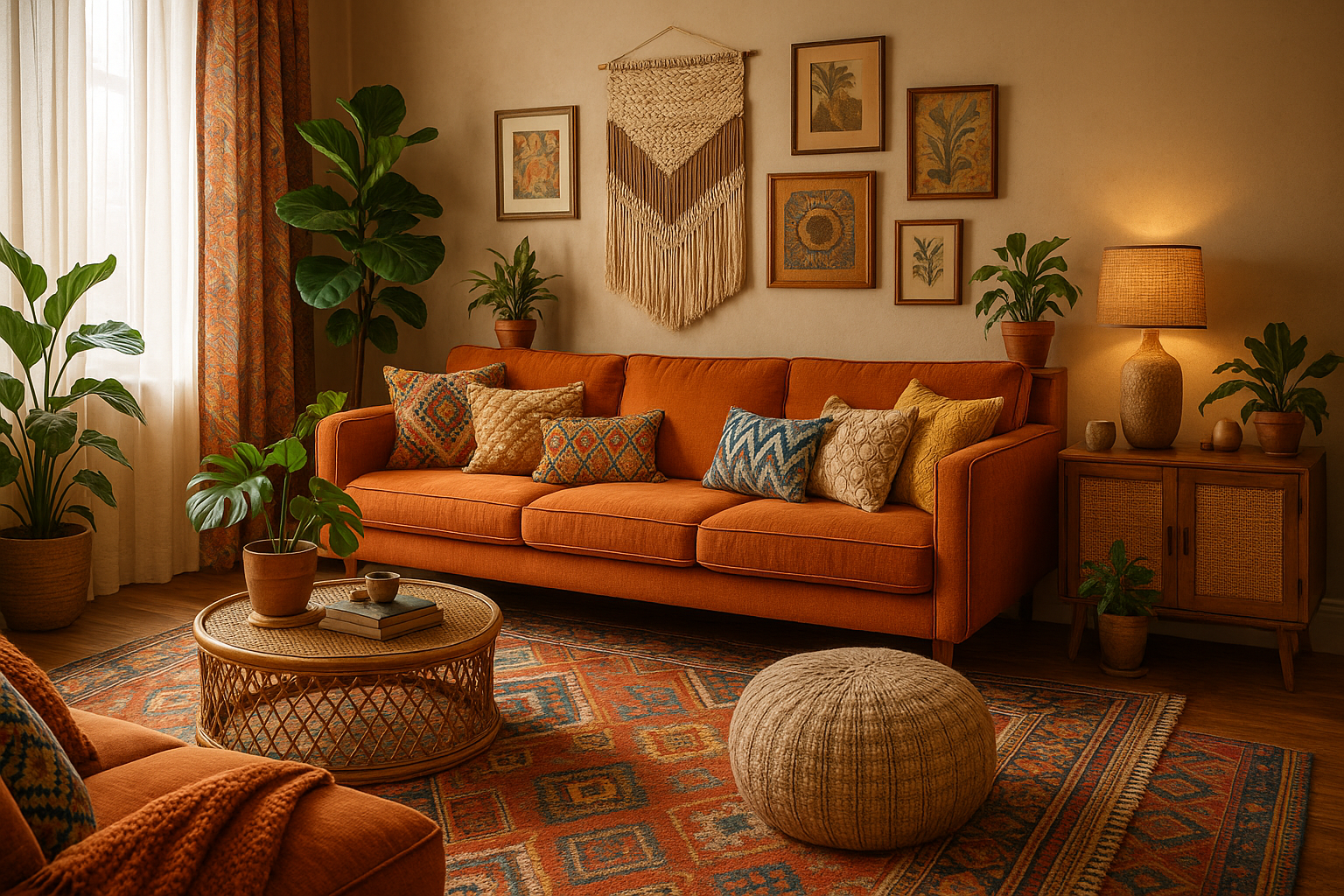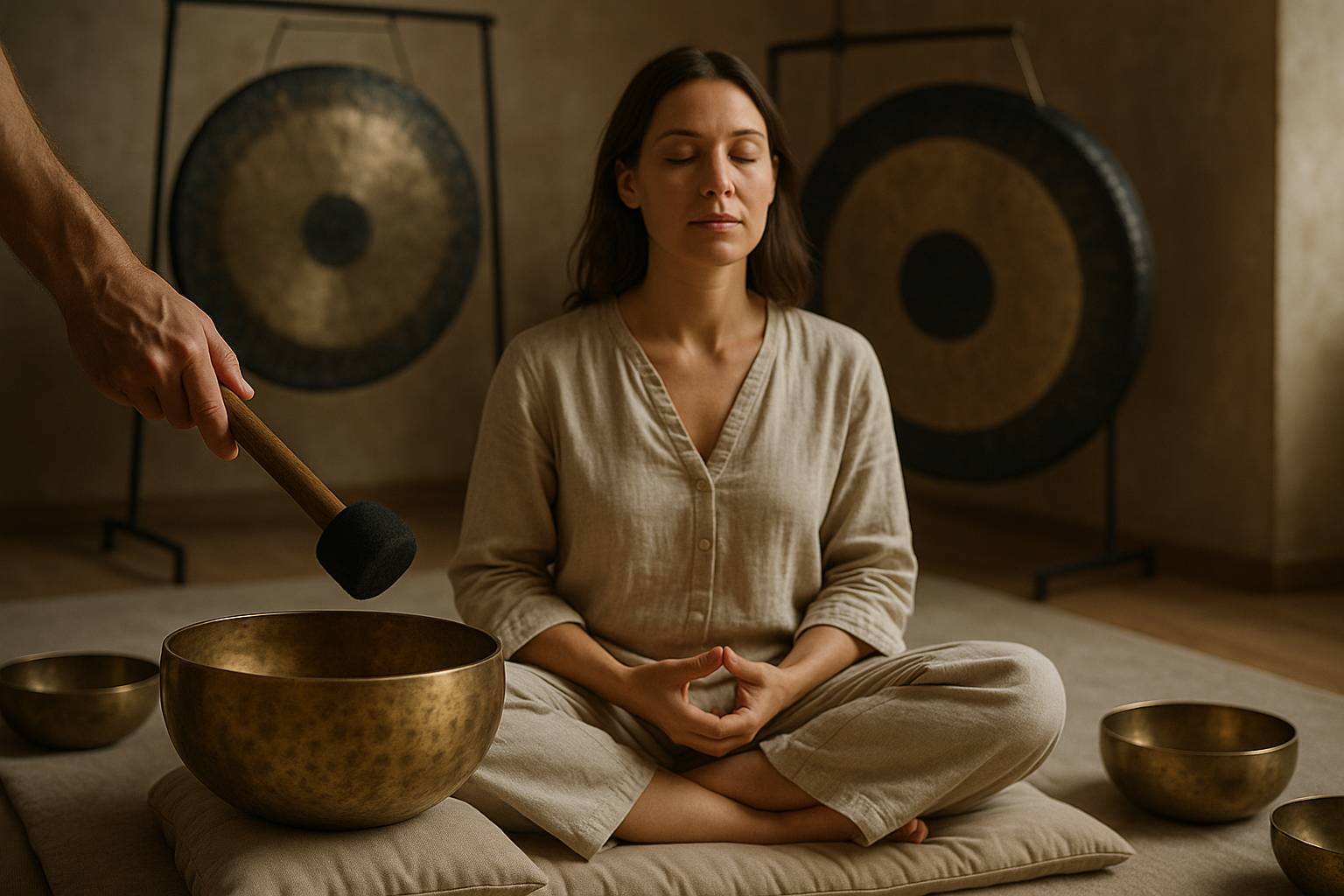"Subtle Luxury: Timeless Sophistication with Transitional Interior Design"
In a world of constantly changing design trends, how do you strike a balance between the classic and the contemporary? Enter transitional interior design. This increasingly popular design philosophy seamlessly blends traditional and modern elements, creating a timeless aesthetic that exudes subtle luxury. Let's delve deeper into the roots of this design movement and explore how it's shaping the future of interior decor.

The Genesis and Growth of Transitional Design
Transitional design emerged as a response to the demand for a middle ground between traditional and contemporary design. Many homeowners wanted to incorporate modern elements into their homes but didn’t wish to completely abandon their love for classic design. Hence, the concept of transitional design was born.
Over the past few decades, the transitional design philosophy has evolved, maintaining its core principle of harmonizing traditional and modern design elements while adapting to changes in style and technology. This adaptability has made transitional design one of the most enduring and popular design trends in the 21st century.
Transitional Design in Today’s Homes
Today, transitional design is all about creating a comforting, serene space that feels both modern and timeless. It’s about blending clean lines with plush furnishings, neutral color palettes with bold accents, and antique pieces with contemporary ones. This careful balance creates an understated elegance that feels both luxurious and welcoming.
Incorporating transitional design into your home isn’t about following a set of rigid rules. It’s about understanding the basic principles and using them as a guide to create a space that reflects your personality and lifestyle.
The Practicality and Market Trends of Transitional Design
Transitional design has proven to be more than just a passing trend. It’s practical, flexible, and adaptable, making it a popular choice among homeowners and designers alike. Its ability to blend different design elements means it can easily accommodate personal tastes and existing decor.
Market trends reflect this growing popularity. A 2020 survey by the National Kitchen & Bath Association revealed that transitional style was the most popular design style for kitchens and bathrooms. This trend is expected to continue, given the versatility and timeless appeal of transitional design.
How Transitional Design Enhances Daily Living
The benefits of transitional design extend beyond aesthetics. This design philosophy prioritizes comfort and functionality, ensuring that your home is not only beautiful but also practical.
The use of neutral colors and natural materials creates a calm and relaxing environment. The blend of traditional and modern elements allows for a personalized space that reflects your unique style. And the focus on quality and timeless design means that your decor will continue to look stylish and relevant for years to come.
Wrapping Up
Transitional interior design is an innovative approach that elegantly bridges the gap between old and new, classic and contemporary. It offers a versatile and enduring solution for those who wish to create a timeless and sophisticated home. Whether you’re designing a new space or updating an existing one, transitional design can help you achieve a perfect balance of style, comfort, and functionality.






